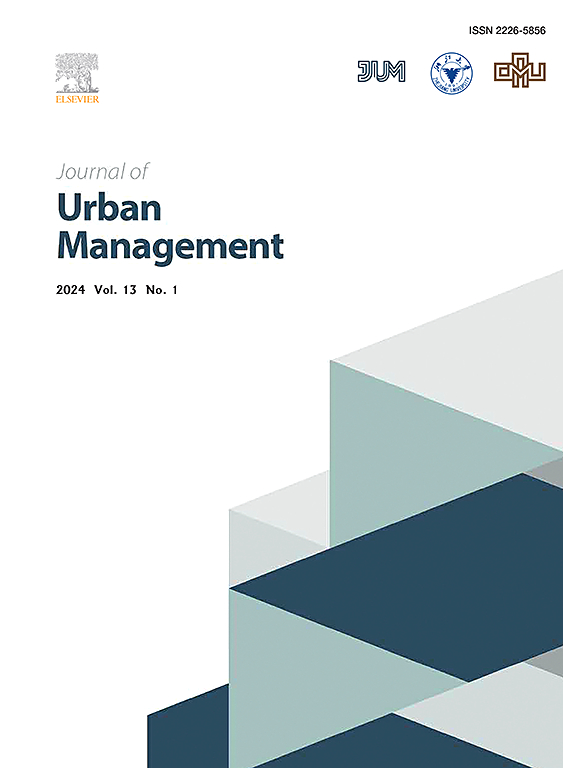Effective per capita municipal expenditures correlated with population changes in small and medium-sized cities in Japan
IF 5
2区 社会学
Q1 URBAN STUDIES
引用次数: 0
Abstract
In recent years, urban policy-makers have been urged to adopt the development of urban policies for shrinking cities from an urban management perspective. However, urban management in shrinking cities is a difficult problem because it is fiscally restrictive compared with cities with growing populations. This study aims to clarify the types of effective per capita municipal expenditures correlated with population changes in small and medium-sized cities. The research design adopted cross-sectional studies from 2007 to 2022 for all Japanese small and medium-sized cities with populations of less than 200,000. The nonlinear relationship was analyzed via the eXtreme gradient boosting algorithm. As a result, this study revealed 1288 shrinking cities, accounting for 82.56% of all small and medium-sized cities in Japan. For the shrinking cities, this study identified the types of per capita municipal expenditures that correlate with population change: population change was correlated with welfare expenditures. Specifically, the population grew in cities that increased in per capita expenditures on children and decreased in those on welfare recipients and the older population. Our findings suggest that municipal policy-makers should prioritize per capita expenditures on child welfare to sustain the population in small and medium-sized cities.
日本中小城市的有效人均市政支出与人口变化相关
近年来,人们敦促城市决策者从城市管理的角度出发,采取针对萎缩城市的城市发展政策。然而,萎缩城市的城市管理是一个难题,因为与人口增长的城市相比,它在财政上受到限制。本研究旨在厘清与中小城市人口变动相关的有效人均市政支出类型。研究设计采用横断面研究,从2007年到2022年,对日本所有人口在20万以下的中小城市进行研究。利用极值梯度增强算法分析了非线性关系。因此,本次研究发现了1288个萎缩城市,占日本所有中小城市的82.56%。对于萎缩的城市,本研究确定了与人口变化相关的人均市政支出类型:人口变化与福利支出相关。具体来说,人均儿童支出增加的城市人口增长,而人均福利领取者和老年人口支出减少的城市人口增长。我们的研究结果表明,城市决策者应优先考虑人均儿童福利支出,以维持中小城市的人口。
本文章由计算机程序翻译,如有差异,请以英文原文为准。
求助全文
约1分钟内获得全文
求助全文
来源期刊

Journal of Urban Management
URBAN STUDIES-
CiteScore
9.50
自引率
4.90%
发文量
45
审稿时长
65 days
期刊介绍:
Journal of Urban Management (JUM) is the Official Journal of Zhejiang University and the Chinese Association of Urban Management, an international, peer-reviewed open access journal covering planning, administering, regulating, and governing urban complexity.
JUM has its two-fold aims set to integrate the studies across fields in urban planning and management, as well as to provide a more holistic perspective on problem solving.
1) Explore innovative management skills for taming thorny problems that arise with global urbanization
2) Provide a platform to deal with urban affairs whose solutions must be looked at from an interdisciplinary perspective.
 求助内容:
求助内容: 应助结果提醒方式:
应助结果提醒方式:


